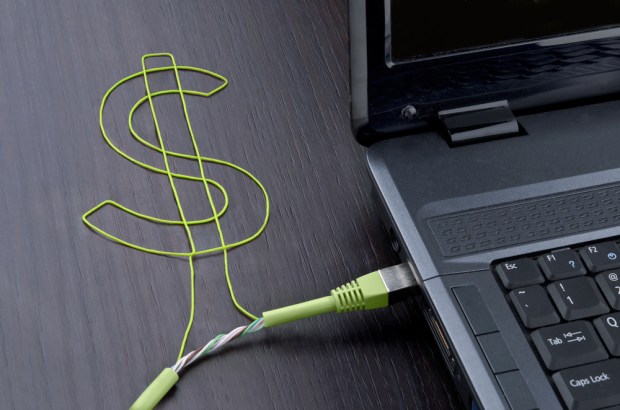AscendantFX Makes The Case For Wire Transfer

In the battle of the payment rails, a few technologies tend to dominate the conversation. When it comes to business-to-business (B2B) transactions, paper checks are often the villain, cards an expensive but quick underdog, and ACH and its non-U.S. counterparts frequently the protagonist offering speedy settlement and robust payment data.
Rarely does the wire transfer come into play as an exciting, innovative payment rail ready to disrupt cross-border B2B payments. The wire transfer, made popular by Western Union more than 150 years ago, may not seem to be the most innovative rail. But just as it was a disruptive force when it emerged in the mid-19th century, today the wire has secured a bit of attention as players like SWIFT move to promote faster, more efficient cross-border transfers.
According to AscendantFX president and Chief Executive Officer Jason Mugford, wires offer opportunity for technological improvement, and play a key role in the rising collaborative relationship between banks and FinTech firms.
“Wires are still a vital piece of the global payments puzzle,” he told PYMNTS. “Not every country has an ACH-compatible option, so wires as a payment method are still necessary for cross-border payments.”
Some of the latest data from NACHA found use of wire payments has risen in the U.S. since 2014 for B2B transactions, but the rail accounts for a mere 8 percent of B2B transactions — and that’s combined with cash. It’s the least common payment rail that accounts receivable professionals see today, and over the next few years, it’s only expected to increase its volumes by 0.5 percent.
One of the biggest problems with wire, particularly in the B2B payments space, is its target for fraud, and the Federal Bureau of Investigations (FBI) says instances of business wire fraud, commonly referred to as the business email compromise, are climbing. Thieves attempted to steal $5.3 billion via business wire fraud between October 2013 and December 2016, the FBI calculated. Earlier this year, the FBI said the value of successful BEC scams has now surpassed $12 billion.
The tactic is becoming more sophisticated as scammers are able to hack into employee email accounts to better mimic the voice and tone of emails sent to accounts payable professionals. Those fraudulent emails request a wire transfer into a seemingly legitimate supplier account, and because an actual AP professional initiated the transfer, it’s often difficult for a company to recoup the losses.
According to Mugford, fraud and regulatory compliance are a headache for banks and corporates regardless of payment rails used, but remain of paramount importance.
“For financial institutions, compliance is costly, often resource-taxing, and requires an institution to ask for personal information from their customers that their customers, by law, must provide, but may be reluctant to due to privacy concerns,” he said. “More than ever, though, KYC [Know Your Customer] and risk management are critical to protect a financial institution and its customers.”
He added that financial institutions must explore more innovative ways to mitigate risk, ensure compliance and combat fraud, without compromising the customer experience. One strategy is to collaborate with FinTech firms, which Mugford said he has seen an increase in banks’ willingness to try. AscendantFX itself recently announced a partnership with Fiserv’s WireXchange to provide enhanced cross-border wire transfer capabilities for financial institutions.
AscendantFX and Fiserv collaborated on an API module to integrate their solutions, including the company’s Payee Intelligence feature that streamlined collection of payment information. It can cut down on returns and investigations, Mugford noted, but when it comes to the slippery slope of wire scams like the business email compromise, corporates and banks have to remain vigilant.
“Fraud is a growing issue and very difficult to stop,” he said, adding that software designed to catch instances of fraud are more often “playing catch-up” as fraudsters continually adjust their tactics and strategies.
For FIs, analysts and technology must be able to identify spender patterns, and ask questions to assess whether a transaction is out of a payer’s typical character. It may be a sudden change to a recurring payment, or a payment made to an account in a country not typically a part of that customer’s transaction history, for example.
Companies, meanwhile, should “never blindly accept and approve a payee request by email,” said Mugford.
Fraud can happen on any rail, but the attention that the business email compromise has garnered to the security of the wire transfer makes the rail a particularly large opportunity for innovators. Despite its age, wire can indeed see disruption from more novel tools like APIs and data analytics, while filling gaps in markets where ACH and its non-U.S. counterparts are not available.
It may not be the flashiest of rails, but it doesn’t necessarily have to be — especially since, as Mugford explained, the rail may actually act as a stepping stone for more sophisticated transactions.
“We will probably see a leapfrog effect where countries bypass ACH and go direct from wire to a Faster Payments model, where payments are made in real-time,” he said.
